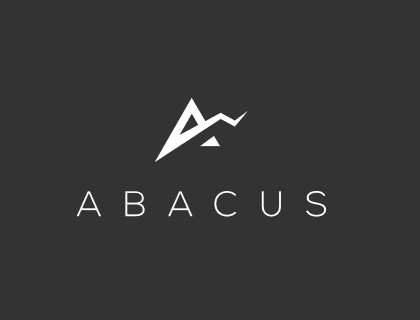General
2.2 Million Australians are investors in the housing market. 71.5% own one investment property, 18.8% own two investment properties, 9.7% own three or more investment properties. Notably, 35% of properties in Australia are owned with a mortgage. Hence surprisingly, and mainly incorrectly assumed by specialists in the field (and that I had made prior to learning this fact), that interest rates are correlated with housing prices in Australia. However, due to the nature of variable interest loans in Australia, those affected are adversely affected relative to loan holders in fixed interest loans. As prices are rising, years to save for a deposit are increasing. So would-be home owners are renting, saving for longer, in order to pay more under the hammer. Interest rates have been extremely low over the last twenty years, however that is subject to change, and subject of another investigation. However, that is not a main market driver for Australia's housing market. Surprisingly, debt accounts only make up 20% of the equity in the Australian residential property market. 47% of all first home buyers received financial assistance from their families. This is either in the form of financing, or a gift. This is usually refereed to as the bank of Mum and Dad.
Market Drivers
There are substantial changes in generational behavior, along with macro trends which are driving the market for housing in Australia. Australia death rate all time low, changing marital patterns, and the changing demographic class structure. With 200,000 immigration requests put on hold during Covid, and an increasing population growth of 1.4%, all these factors contribute to further pushing demand for high quality dwellings. Urban concentration and the regulations around development artificially restricts supply. Despite half of all investment properties exit the rental market after five years, the increasing volume hasn't affected the market in the long run. I expect Institutional interest in ownership of dwellings is forecast to increase over the next five years. The appeal of new financing and ownership models, along with tax changes, will allow for institutional ownership to be more attractive.
Affect on the Domestic Rental Market
In 2006 the amount of renters as a percentage of homeowners was 26%, in 2021 it's 31%. Vacancy rates at generation allows, lowest in twenty years. In Sydney, 80% of renters pay more than the advertised asking price. 45% of renters have been renting for more than ten years. Yet, only 19% of renters say they prefer to rent, while 41% of renters plan to buy. Public housing has also shrunk from 6% of the total market, to low less than 4%.
Game Theory
Controlled release of supply by developers, who's wealth is tied to the value of the asset (houses), combined with the fact that 2.2 Million Australians wealth is tied into this market means that affordability by the measure of price alone will be a difficult fiscal strategy to execute for government. Increasing supply in Cities such as Auckland in the short term result in decreasing prices, however creates changes in long-run supply shifts.
Current Cycle Changes
Reports suggest that more and more home-owners and investors are engaging in home modifications and renovations, rather than attempting to purchase a new home. The increasing prices, combined with stamp duty and capital gains are simply too much to absorb.
In summary; Australia faces an accessibility and affordability problem towards housing, based on these current statistics which is only going to get more painful.
In the next investigation, we will dive into the differences between affordability and accessibility, along with emerging changes in ownership models. At the end of this investigation, i will propose fiscal policy which can change the outcome of Australia's housing market, without damaging the well entrenched wealth implications of driving macro prices downwards.




